Review: Apple Watch Series 2 is a great improvement, but watchOS 3 steals the show
Apple Watch Series 2
4.0 / 5Equipped with a noticeably faster dual-core S2 processor, its own standalone GPS radio, and now with a waterproof design, the Apple Watch Series 2 is a worthwhile and fantastic upgrade from the first-generation model. It's also a great jumping on point for new buyers. But the biggest changes come with a software overhaul in watchOS 3, meaning early adopters will probably be happy with their existing Apple Watch for another year.
Apple Watch Series 2: What's new?
Though it looks largely identical to its predecessor, the new Apple Watch Series 2 has a number of noteworthy hardware improvements.
For anyone who has used the Apple Watch before, the most noticeable change will be the new dual-core S2 processor. As expected, everything is simply faster, from launching apps to using Siri to just navigating around.
The first Apple Watch was slow — painfully so, at times. Apple, however, has addressed this through software updates, and watchOS 3 is such a significant improvement in virtually every single way that Apple's claims of making it feel like a "whole new watch" are actually true.
Beyond the S2 chip, the Apple Watch Series 2 also boasts a new GPS radio, allowing pace and distance tracking without a connected iPhone. This means you can leave your iPhone at home when running or biking, and you will still get accurate data from your exercise.
The screen is also more than twice as bright than the first-generation model. It's noticeable, though we will note that we never had major problems reading our original Apple Watch, even in bright daylight.
For the entry-level aluminum model, Apple has upgraded the device with a more durable ceramic back, and a second mic hole cutout for better performance and voice recognition with services such as Siri.
And though you won't be scuba diving with it, the Apple Watch Series 2 is now waterproof, acceptable for surface swimming and tracking as you swim laps. This is an improvement from the merely water-resistant first-generation model. There are also new swim-specific functions in the Workouts app.
For our review, we tested the 42-millimeter space gray aluminum model (formerly known as Sport) priced at $399. Smaller 38-millimeter models are priced at $369.
Our unit came with the lightweight black nylon band, which we would wholeheartedly recommend. It's also available in more durable (and shiny) stainless steel, as well as a high-end Edition model made of white ceramic and starting at $1,249.
The S2 chip
With essentially the same external design for this second-generation hardware, what's under the hood is the star of the show. That starts with the S2 chip.
It's faster, but it's not life changing. In side-by-side testing, the first-generation Apple Watch with S1 chip running watchOS 3 took an average of 3 to 5 seconds to open a third-party app.
The Apple Watch Series 2 with S2 chip was noticeably faster, in the 1 to 2 second range. Still not instant, but an improvement.
Even small things, like navigating around the app launching screen, were smoother and free of stutter on the Apple Watch Series 2.
watchOS 3 is a huge improvement on every level, and Apple Watch Series 2 and its improved hardware take things up to yet another level.
Our favorite improvements, however, come with Siri. It's unclear how much of the performance jump is due to the S2, and what may be related to the second mic hole on the new hardware, but the virtual assistant was definitely faster at addressing our queries, and more accurate at hearing us.
When the Apple Watch first launched, particularly with watchOS 1 and still carrying over to watchOS 2, Siri support was frustrating and, at times, bordered on unusable. When you give up on your watch changing your lights and reach for your iPhone, you know that the device has failed you.
watchOS 3 addressed many of these issues and greatly enhanced Siri on the first-generation watch. But Apple Watch Series 2 and its improved hardware take things up another level.
Again, as with launching third-party apps, the performance improvement for Siri isn't a game changer. It's noticeable, and it's welcome.
In another test, we tried using Shazam to identify a song at a noisy bar. On Apple Watch Series 2, the song was identified quickly, in just a few seconds. On the first-generation Apple Watch, it took two tries and ten-plus seconds before the song name was displayed.
Little things like this could be seen in various tests. It's impossible to say how much of this is attributable to the new hardware, and which instances were just issues with cellular connectivity or apps crashing. And, to be fair, Siri is still not 100 percent responsive even with watchOS 3 and Apple Watch Series 2. But the improvements are nonetheless apparent with daily use.
Brighter display, comparable battery life
The aforementioned brighter display will also benefit those who spend a lot of time outdoors, viewing their watch in direct sunlight. We've always kept our Apple Watch on the lowest brightness setting to maximize battery life, so we didn't find this improvement to be as useful as some others did.
However, the new display does have one key new feature that we do appreciate: the ability to turn on and gradually brighten the display by rolling the Digital Crown upward. This feature, exclusive to the Series 2 hardware and its improved display, allow users to check the time in a more subtle way, without distracting people nearby. We see this being particularly useful for Apple Watch wearers in a movie theater.
In terms of battery life, we found that the Apple Watch Series 2 performs about on par with the first-generation hardware. Apple's own estimates peg usage at about 18 hours, but a lot of that will depend on how active you are with the watch, how frequently you check your wrist, and whether you use features like onboard Bluetooth music streaming and GPS.
The Apple Watch Series 2 is rated for about 5 hours of use with GPS. We reached out on Twitter ahead of this review for questions and input, and reader James Duguid weighed in to reveal he used the Apple Watch Series 2 in the Sydney marathon with onboard GPS and heart rate monitor, and he completed the 26.2-mile race with 17 percent battery remaining.
Duguid did not use Bluetooth headphones and onboard music during his marathon. In our own tests, battery drain when listening to music, using GPS, and utilizing the heart rate monitor was more significant: A four-mile run drained over 20 percent of the battery when the watch was pushed to its limits.
With the first-generation Apple Watch, we never had the battery completely die, and only ended up in it its low-power mode a small handful of times in nearly a year and a half of use. In a week with Apple Watch Series 2, it has not yet dipped into low power territory.
In short, you will still need to charge your Apple Watch Series 2 on a nightly basis. If you want to use GPS and Bluetooth music for exercising multiple hours at a time, you may need to leave your watch charging afterward while you shower to get through the day.
If you're OK with those caveats, you'll be pleased with the battery life of Apple Watch Series 2.
More on GPS
GPS is a fickle technology. It can take a long time (five-plus minutes, in some cases) to get a proper signal. It takes even longer without a cellular radio, which Apple Watch lacks.
Apple Watch Series 2 gets around these hurdles with some technology, as well as some smoke and mirrors.
Apple addresses the limits of GPS with some technology, and some smoke and mirrors.
Devices like your iPhone and Apple Watch Series 2 turn to a number of other methods to triangulate location. Assisted GPS, for example, polls known nearby Wi-Fi networks to get a better lock on where you are standing.
Some sport watches are more forthcoming about this limitation, presenting the user with a message that it is searching for a true GPS signal. A few years ago, while testing the Microsoft Band, we found that we would sometimes complete an entire run without actually achieving a GPS lock.
How does Apple Watch Series 2 address these issues? It's hard to say.
When you go for a run with the new Apple Watch, there is no indication on the display that it is actively tracking your location. Unlike on iOS, where the location services icon displays in the status bar, there is no such information on the tiny Apple Watch display.
Why the lack of transparency? We'd have to guess that, like most other portable devices, the Apple Watch Series 2 starts out by "guesstimating" your approximate location while it works to obtain a full GPS lock.
Apple Watch Series 2 will quickly auto-pause your workout if you stop running and put your hands down at your side.
Various reports have suggested that Apple gets around the limitations of GPS with familiar methods, like assisted GPS, as well as other data, such as the last known location before connection was lost to the paired iPhone. The Apple Watch also has other onboard sensors, such as an accelerometer, that were used in the GPS-less first-generation device to estimate running distance and pace (albeit less accurately).
These sensors are put to good use if you are running and are forced to stop, such as at a traffic light. We found that our workout was paused almost instantly if we stopped moving and put our hand down at our side — much faster than the auto-pause capabilities of iPhone apps like RunKeeper.
After a run or bike ride, you can dig into the Activity app on your iPhone, then choose the Workouts tab, in order to see a map of your route. There you can check to see how accurate the Apple Watch Series 2 was at "guesstimating" your route.
Overall, it's pretty good. In our tests, the maps were reasonably accurate, showing our accurate route and only straying as far as the other side of the street. Frankly, we find these same variations all the time when running with our iPhone.
And so, as with any other smart or fitness watch, Apple has not solved the limitations of mobile location tracking. But for most athletes, we think the GPS performance will be fine.
Waterproofing, swim tracking, and workarounds for wet/sweaty hands
Through a combination of hardware and software, the Apple Watch is now a much better workout companion.
Most notably, Apple Watch Series 2 upgrades from the water resistance of the first-generation model (OK for using in the shower or washing your hands) to being waterproof, meaning it is now rated as acceptable for swimming.
watchOS 3 counters sweaty fingers by allowing you to start and stop workouts by pressing the Digital Crown and side buttons at the same time.
The water resistance of the first Apple Watch was good enough for many users to take it swimming, though doing so was not recommended by Apple. Now, however, Series 2 encourages you to swim with new water-specific workout modes.
In a bit of clever design, Apple Watch Series 2 can track exertion during a swim, and can even measure distance and pace with GPS by obtaining a signal when your arm is above the water.
Because water collects in the Apple Watch speaker while swimming, users finish their workout by turning the Digital Crown, which plays a sound to expel fluid from that space.
Unfortunately, we weren't able to test the Apple Watch Series 2 while swimming in our week of testing — public pools and beaches in New York City are closed, and our gym doesn't include a pool. Our own basic waterproof tests proved fine, and readers who reached out on Twitter expressed satisfaction with the swim tracking capabilities.
For us, the most useful improvement comes not with the waterproofing of Series 2, but in the form of a software update in watchOS 3. Both Series 2 and original Apple Watch owners can now start and stop a session in the Workout app by pressing the Digital Crown and side buttons at the same time.
Why would this be necessary? Touchscreens simply do not work well with wet or sweaty fingers.
If you finish a workout and try to tell your watch that you are done, you may find the screen unresponsive to your sweaty fingertips. Adding support for the device's two physical buttons makes it easier than ever to start and stop a workout.
Limitations: No altimeter (yet), Bluetooth spottiness, and other quibbles
If you're a fitness freak, there are a few factors with the Apple Watch Series 2 that may prove to be dealbreakers for you. Athletes who contacted us on Twitter were especially dismayed by the lack of altimeter for tracking elevation.
Many basic activity trackers, including budget options from companies like Fitbit, will measure flights climbed during the day, or elevation during a workout. Even Apple's own M-series coprocessors in the iPhone have offered this capability for years.
When paired with a newer iPhone, the Apple Watch will track steps climbed. But on its own, it does not.
Our tests also found that Bluetooth music performance was less reliable than with an iPhone. Our headphones of choice — Plantronics Backbeat Fit — would occasionally cut out for a brief moment while running.
These performance issues could be related to a number of factors, including environmental conditions and proximity. For example, in some spots we found that placing the Apple Watch by our side would cause the music to cut out, but if our arm was up while running, the connection was more reliable. We found these same problems with the first-generation Apple Watch.
We're hopeful Apple's new W1 chip in AirPods and new Beats will address Bluetooth connectivity connectivity issues. We also hope that Apple will license W1 to 3rd-party headphone makers.
The truth is, many of these issues are related to the Bluetooth specification itself. We've run into connectivity issues when using more robust headphones connected to an iPhone on a crowded train, for example.
We are hopeful that Apple's new W1 chip found in its forthcoming AirPods and new Beats Bluetooth headphones will address these connectivity issues and improve wireless performance. We also hope that Apple will consider licensing its W1 chip to third-party headphone manufacturers, allowing for better performance of a wide range of headphones.
It's hard to knock the Apple Watch for continued issues with Bluetooth technology. But these sporadic, ongoing problems should be known by prospective buyers.
We also heard from a few users who want to listen to podcasts while exercising without their iPhone. Currently, there is no Apple Podcasts app for Apple Watch. Loading music directly onto the device also remains limited to a single playlist.
There also still isn't really a comprehensive way of tracking weight lifting when using the native Workouts app in Apple Watch. In our use, we got around this — and tracked heart rate — by choosing the "other" category when starting a new workout.
With watchOS 3, Apple has added a "Strength Training" option to "other" workouts, but that's as far as it goes. Users who want more detailed weight lifting stats should look into third-party app options that are available.
Similarly, triathletes will need to stop one workout type and begin another if they want to track running, swimming and biking in one session.
A few words about watchOS 3
watchOS 3 runs on all Apple Watch models currently available, so we don't want to spend too much time dwelling on it in our Apple Watch Series 2 review. However, it must be noted once again that watchOS 3 is a huge shakeup that vastly improves the usability of the Apple Watch.
In addition to being faster and providing more memory for apps to use, Apple has also completely rethought some aspects of the Apple Watch with watchOS 3.
Two key changes have proven crucial for us.
First, all native apps now have their own watch face complications, even if they don't display any information. If you want quick access to the phone feature, or Find My Friends, or details on both the outside temperature and weather conditions, you can display those. Tapping on a complication opens the respective app.
watchOS 3 is in many ways a bigger upgrade than the Apple Watch Series 2 hardware.
In our opinion, the less you have to interact with a wearable device, the better. Providing quick access to apps directly from the watch face — even those with no information to display at a glance — gives the user far more flexibility in how they want to use the device.
Apple has boasted about how personal the Apple Watch is, and complications for any app are a big step in that direction. We expect the situation to only get better as third-party developers add support for watchOS 3 and add their own complications.
The second key change is the side button. Previously, it took users to a largely unhelpful rotary dial of quick contacts. Now, it provides instant access to the dock, a new feature that cribs from macOS and iOS, allowing users to pin their most frequently used apps.
The dock in watchOS 3 goes further than the dock in macOS and iOS, however. Scroll all the way toward the right and you'll find recently used apps, making it a sort of app switcher, equivalent to double-pressing the home button on an iPhone or iPad.
And because watchOS 3 does away with the Glances view when swiping up from a watch face, apps displayed on the dock will update in the background, providing a live view of information such as playing music, current distance and pace during an exercise, and more.
Between the performance improvements and rethinking of how the Apple Watch should operate, we think watchOS 3 is in many ways a bigger upgrade than the Apple Watch Series 2 hardware.
Should you buy in if this is your first Apple Watch? Yes, it's an easy recommendation
This is a great jumping on point for new Apple Watch users. The combination of new hardware and significant enhancements brought on by watchOS 3 make Apple Watch feel more like an established platform. Buyers should no longer be considered early adopters.
Those new to the platform should be aware that there are quirks and limitations. You will have to get accustomed to the somewhat "raise arm, turn wrist" gesture to activate the screen. Yes, you will have to charge it every night. No, it's not the ultimate sports watch (though it is a very good one).
Having notifications, Siri, and activity tracking always on your wrist is very convenient, and the Apple Watch condenses all of that into a stylish, attractive device. If you were put off by concerns about the first generation, many of them should be addressed with Series 2 and watchOS 3.
What about Series 1? While Series 2 starts at $369, Apple is also offering a new entry-level model for $269 that lacks waterproofing and GPS. If you don't exercise outside and don't plan to swim with your watch, this is a compelling option.
As outdoor runners, we prefer the enhancements available in Series 2. And the peace of mind from more robust waterproofing (as opposed to water resistance) is an added bonus. We think most buyers should opt for Series 2, but those on a budget who don't mind the tradeoffs will likely be pleased with Series 1.
Should you upgrade if you have a first-gen model? Only if you're an athlete
The S2 chip in Apple Watch Series 2 is faster and the change is welcome, but frankly it's not enough to justify the cost of an entirely new watch.
The speed and performance improvements introduced in watchOS 3 make a huge difference. Most first-generation watch owners should not buy an Apple Watch Series 2 solely for the S2 chip. You'll be better off waiting another year for a third-generation model.
If you have the first Apple Watch and you run or bike outside, or swim for exercise, the Apple Watch Series 2 is a compelling upgrade. Users will have to decide how badly they want to leave their iPhone at home while exercising, or how frequently they swim, to justify the new model.
If you're not an athlete and you own a first-generation Apple Watch, stick with that and install watchOS 3. If you're a regular runner, biker or swimmer, consider the upgrade based on what your budget allows.
Still undecided? Here's where there's room for improvement
Some of the issues we mentioned before can be solved through software, whether from Apple or in the form of third-party apps, including weight training or native support for podcasts. Some prospective buyers may want to hold off on their first Apple Watch, however, to wait for the kinds of improvements that can only be accomplished through new hardware.
One of the most obvious additions, eventually, will be an embedded LTE radio for cellular data on the go. The potential benefits of this are numerous, including support for notifications, calls and streaming music on the go, without the need for a connected iPhone.
There have been reports suggesting Apple wanted to squeeze an LTE radio into this year's Series 2, but battery issues prevented the company from doing so. It's impossible to say whether an LTE model is in the cards for next year, or even how much it would cost. LTE-equipped iPad models carry a $130 premium over their Wi-Fi-only counterparts, plus the additional monthly cost of cellular data connectivity.
Another logical improvement would be battery life. But given the technical and physical constraints posed by a small, wearable device, we wouldn't hold our breath for significant improvements, barring some sort of technological breakthrough in batteries.
Another common complaint is the lack of an always-on screen. Apple has been investing in micro-LED technology that could potentially allow a future Apple Watch to feature an always-active ultra-low-power watch face. When that might become a reality remains to be seen.
The rest of the possible hardware changes remain obvious, though their necessity is debatable depending on each user's particular needs. Some features, like integrated Touch ID or a FaceTime camera, seem superfluous. Others, like blood pressure or blood oxygen level monitoring, could appeal to a certain subset of the market. And aesthetic changes, including a thinner chassis, are simply a matter of taste and preference.
We mention these hypothetical, potential future upgrades because of the sheer number of readers who indicated they want to wait until the Apple Watch platform is established and matures before they buy in.
Our advice: Apple Watch Series 2 is worth your consideration. We wouldn't recommend waiting around for potential features. What it does now — fitness tracking and notifications on your wrist — it does well. Don't worry about what the future brings. Buy with confidence.
Score: 4 out of 5
Where to Buy
For the latest prices and special offers on Apple Watch Series 1, Series 2 and Watch Edition devices, please visit our Apple Watch Price Guide.
 Neil Hughes
Neil Hughes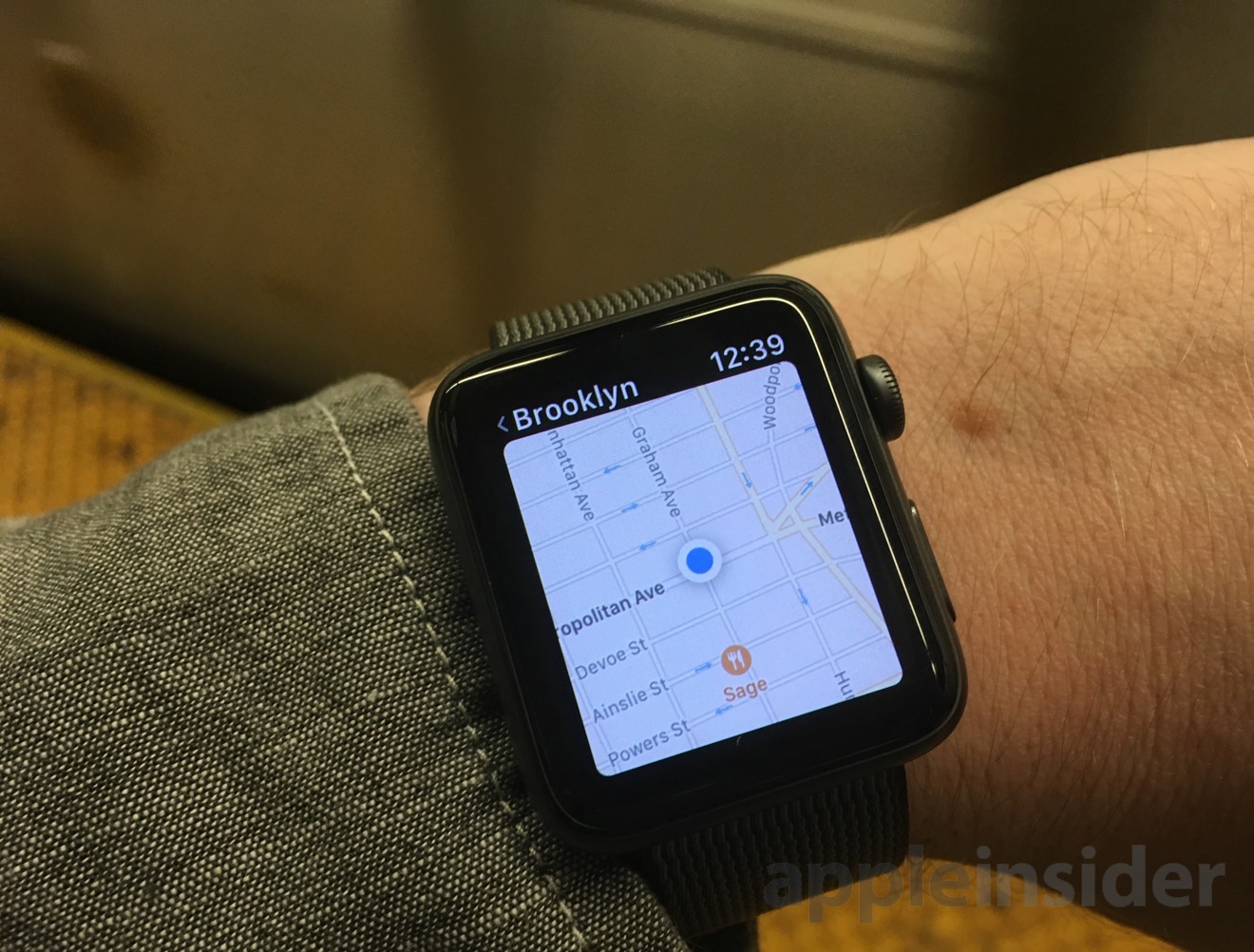
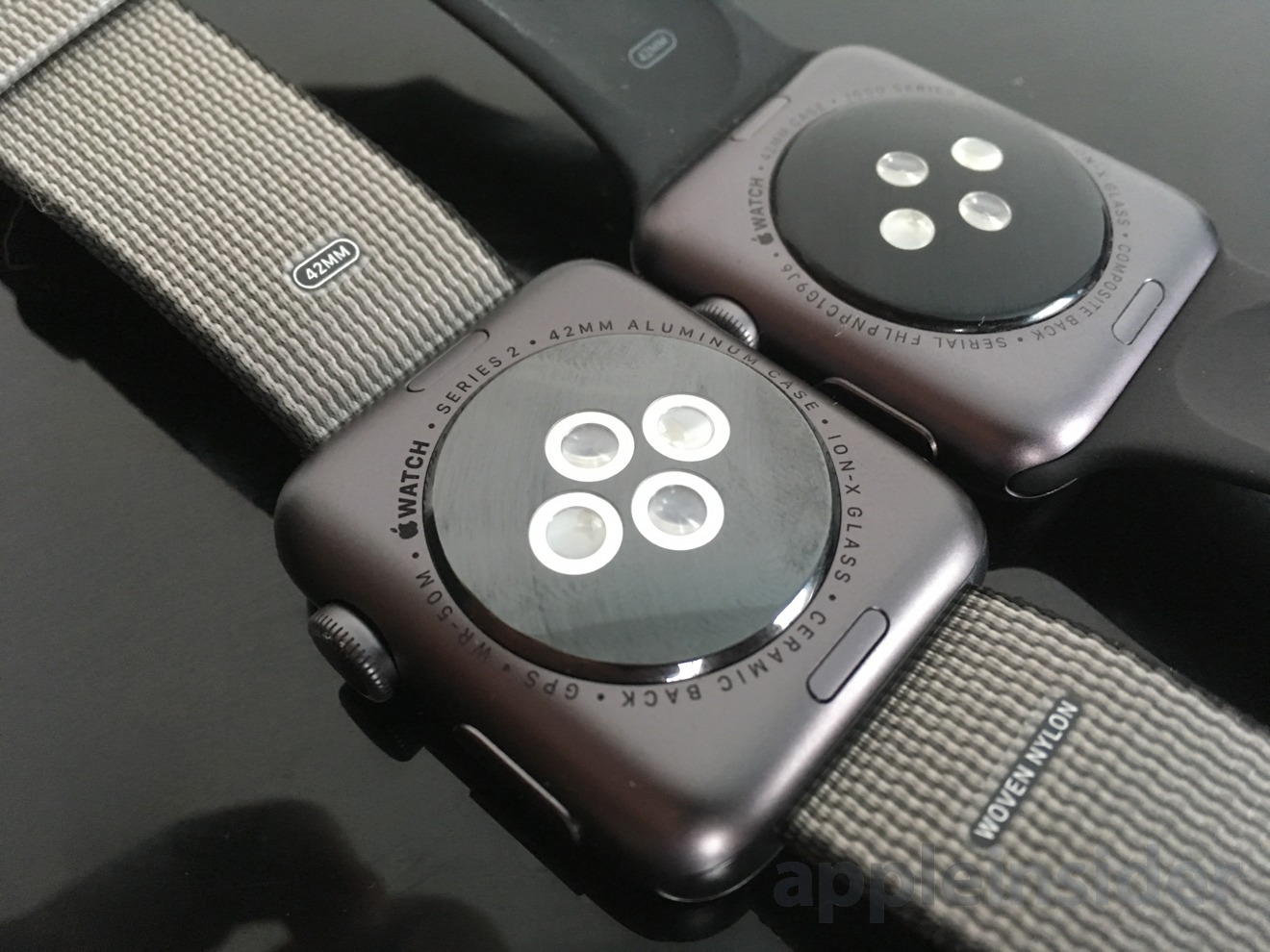

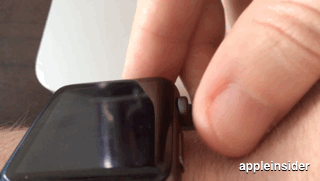
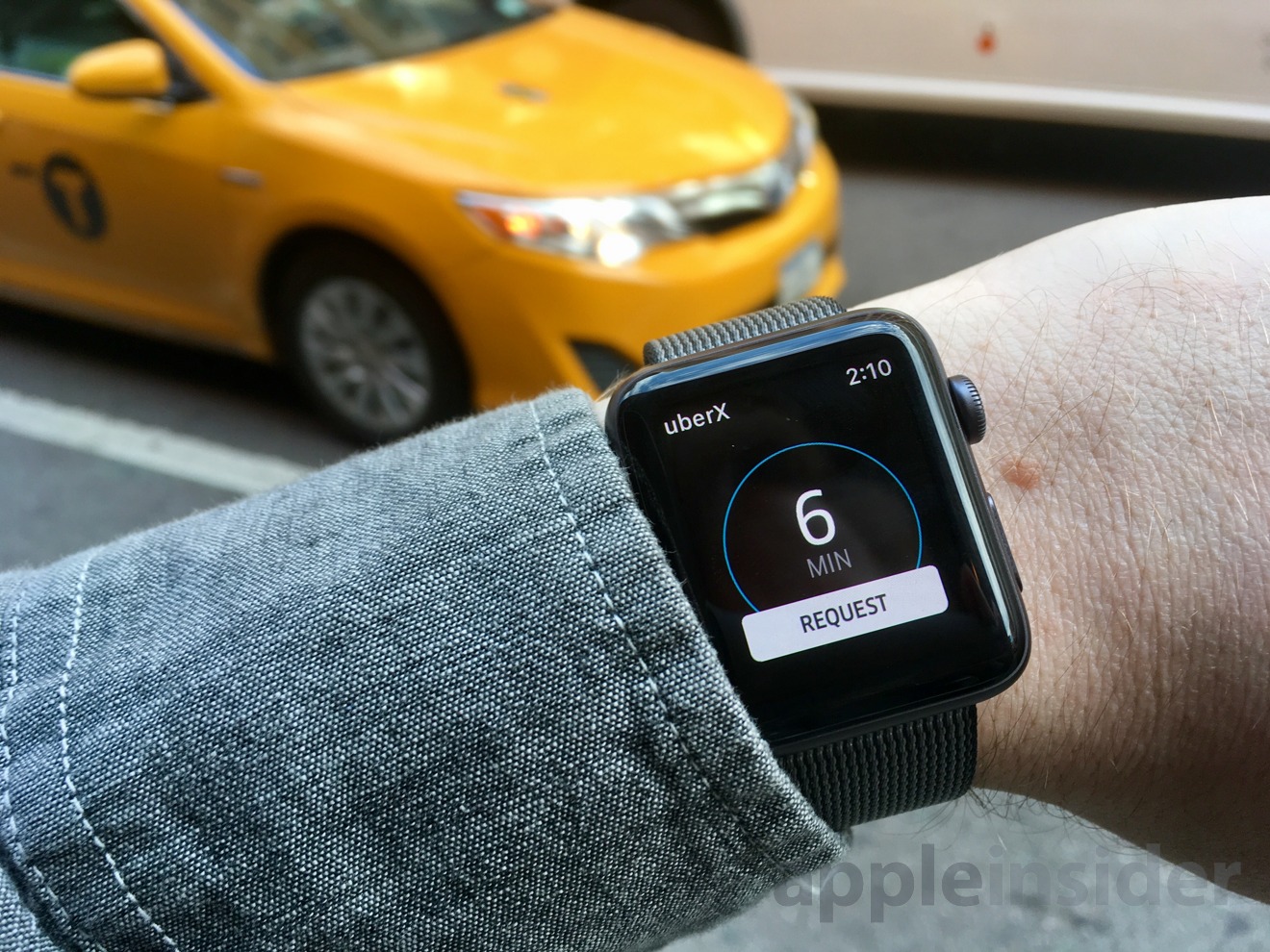
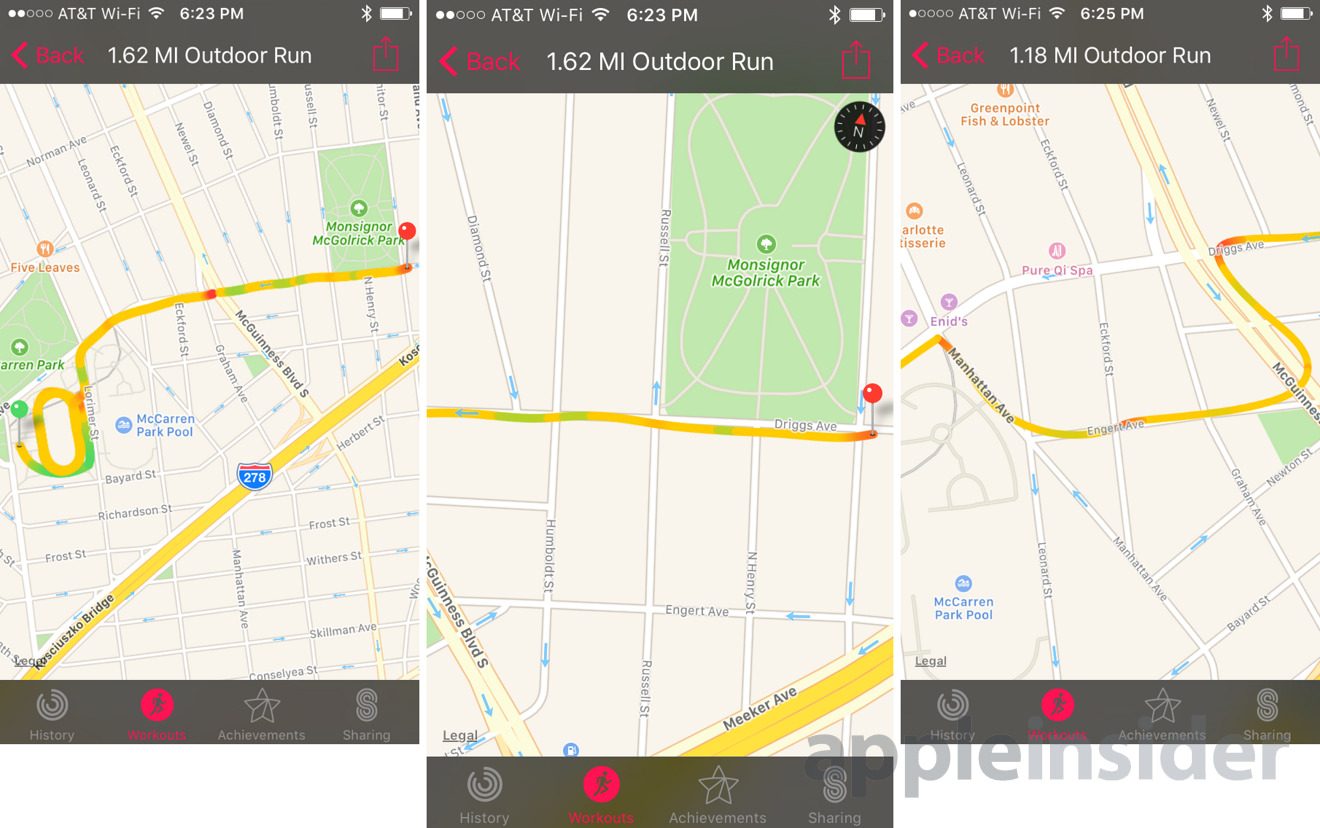
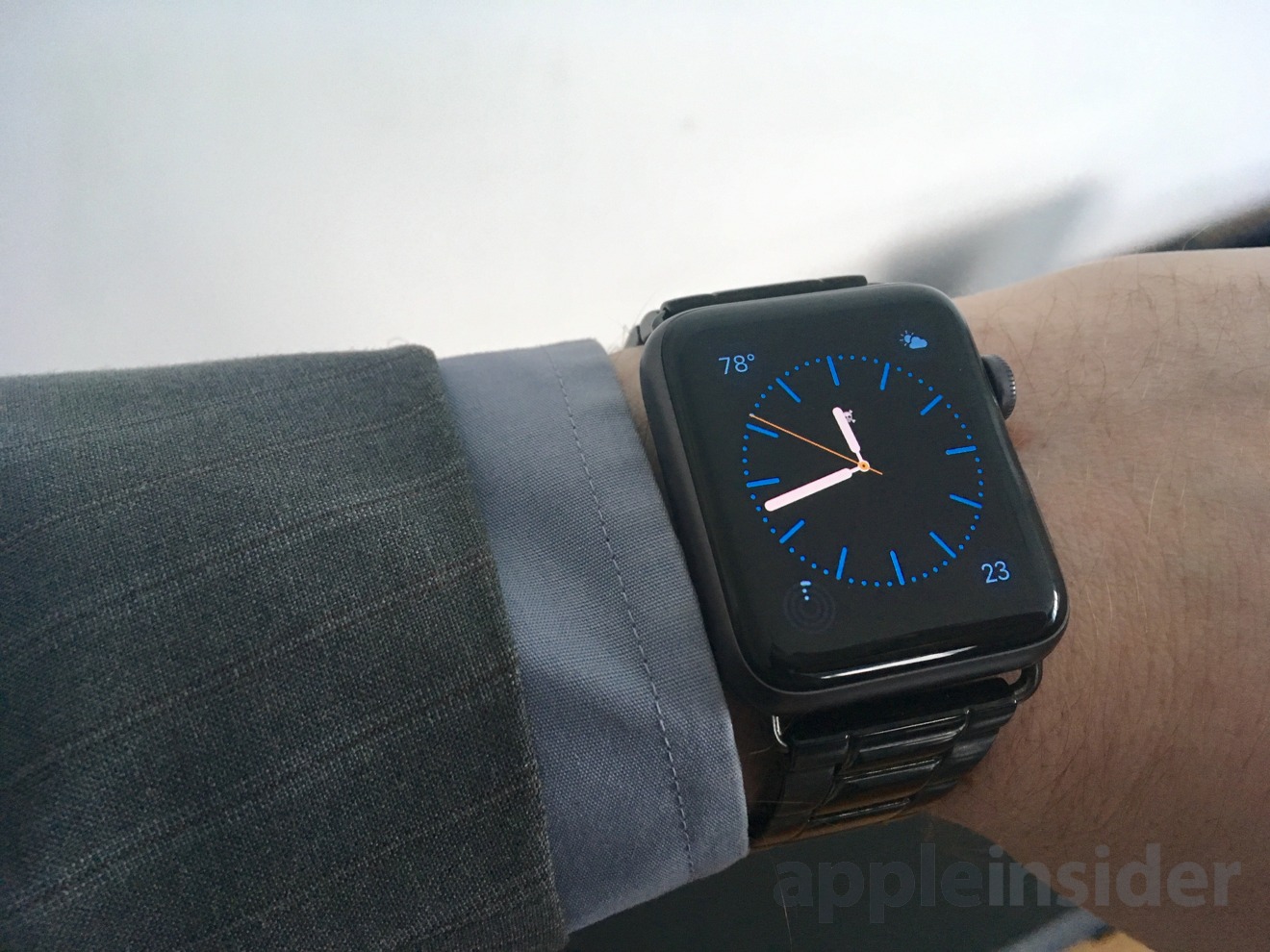
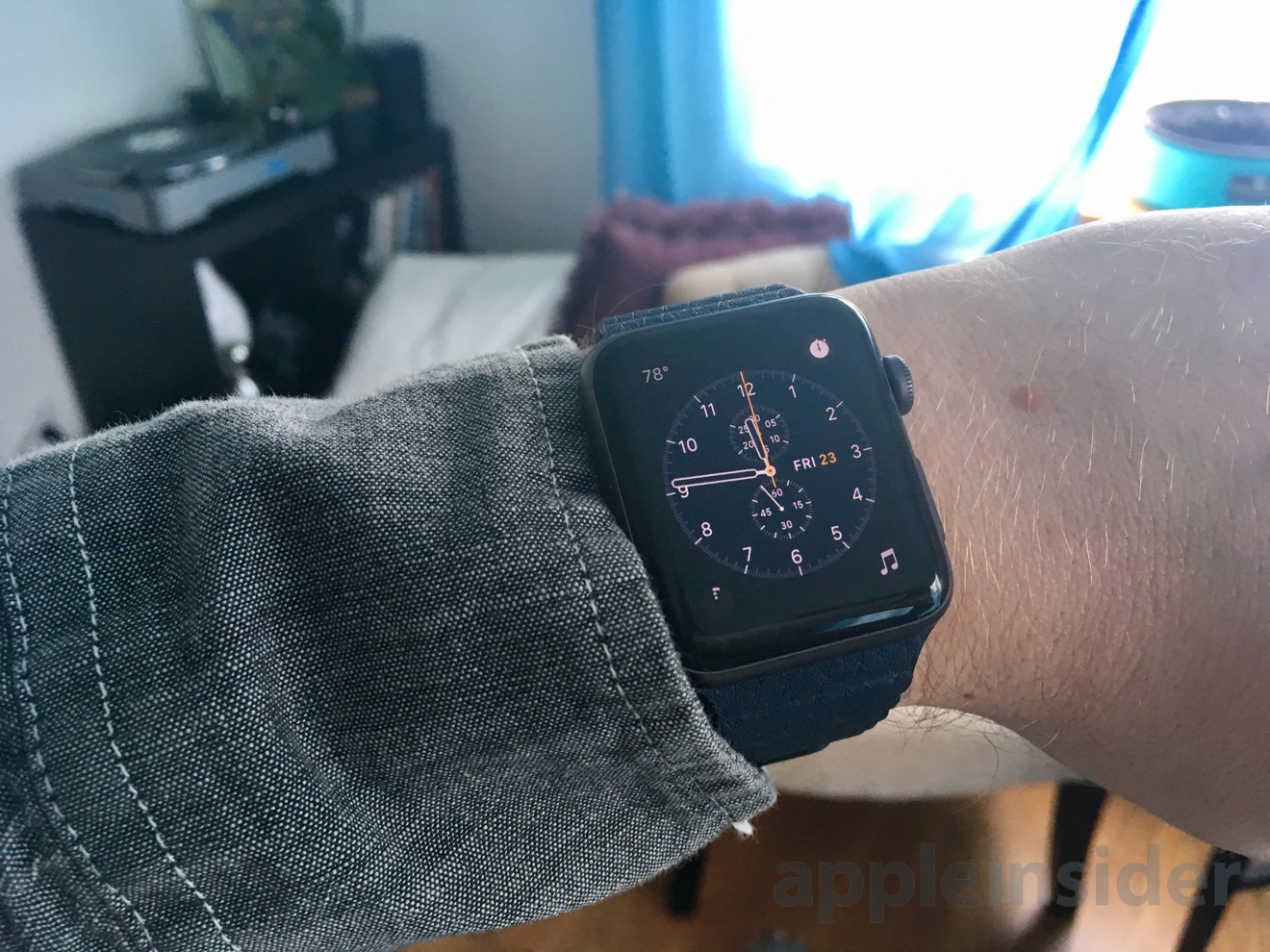
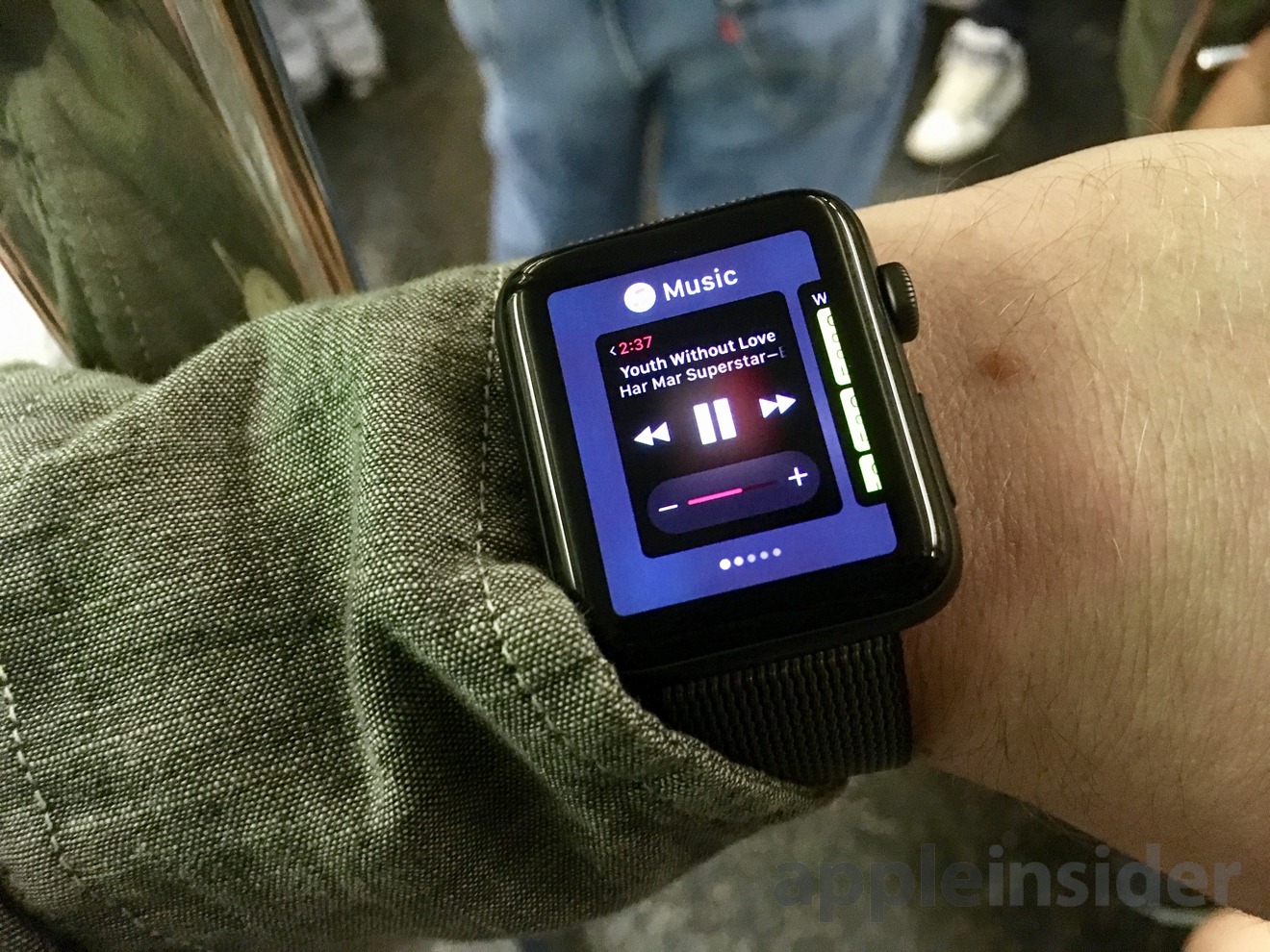
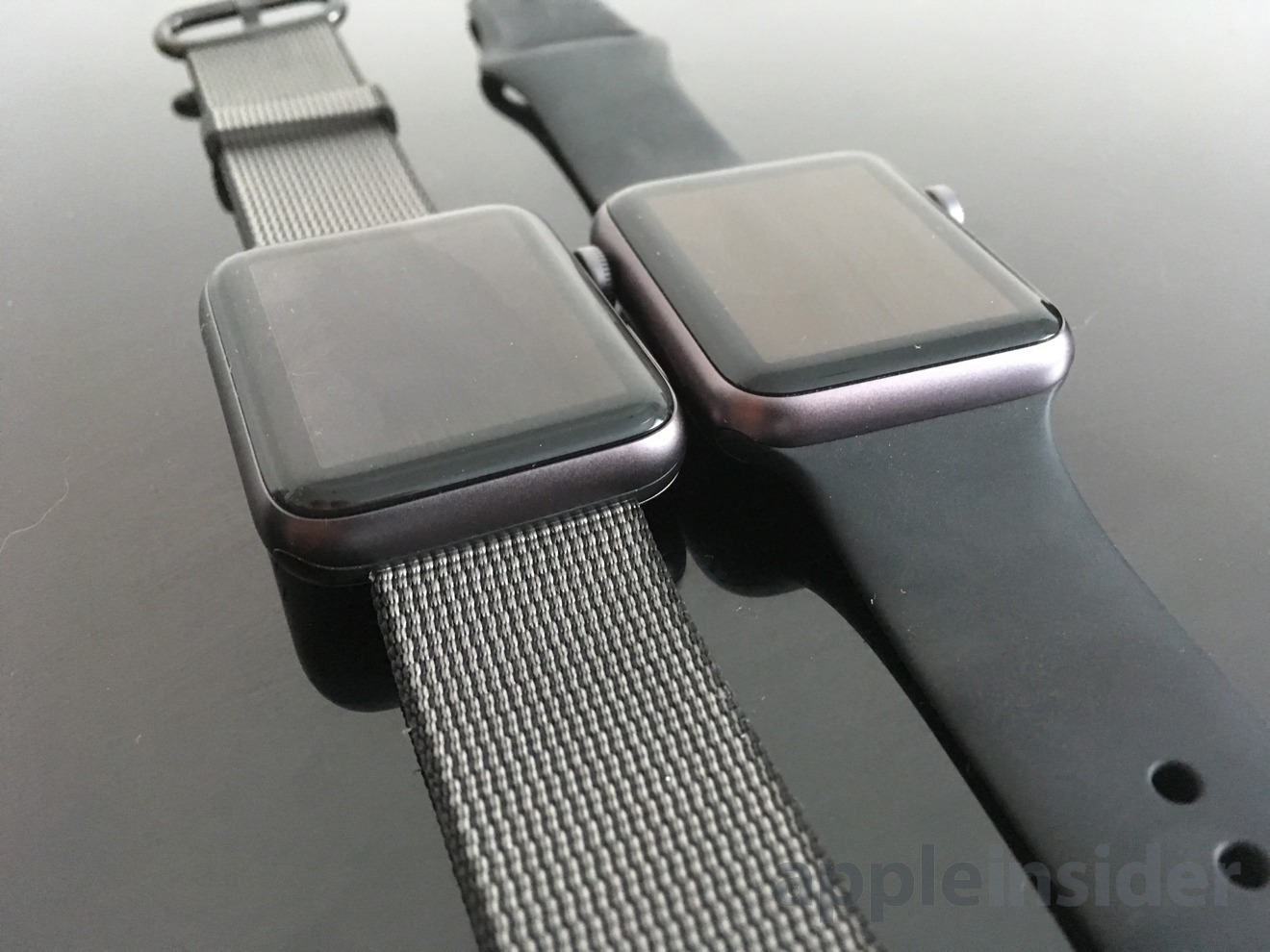
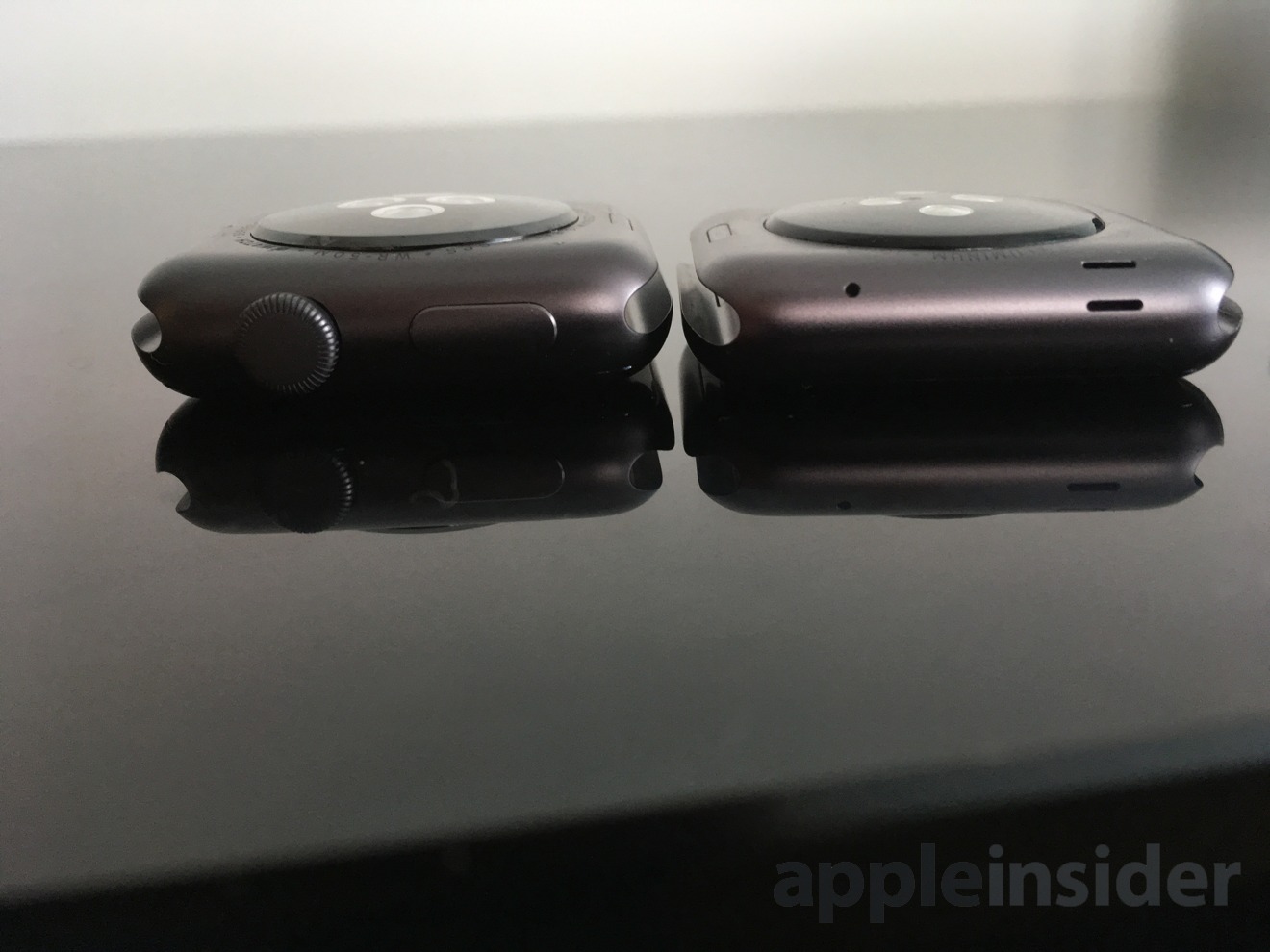

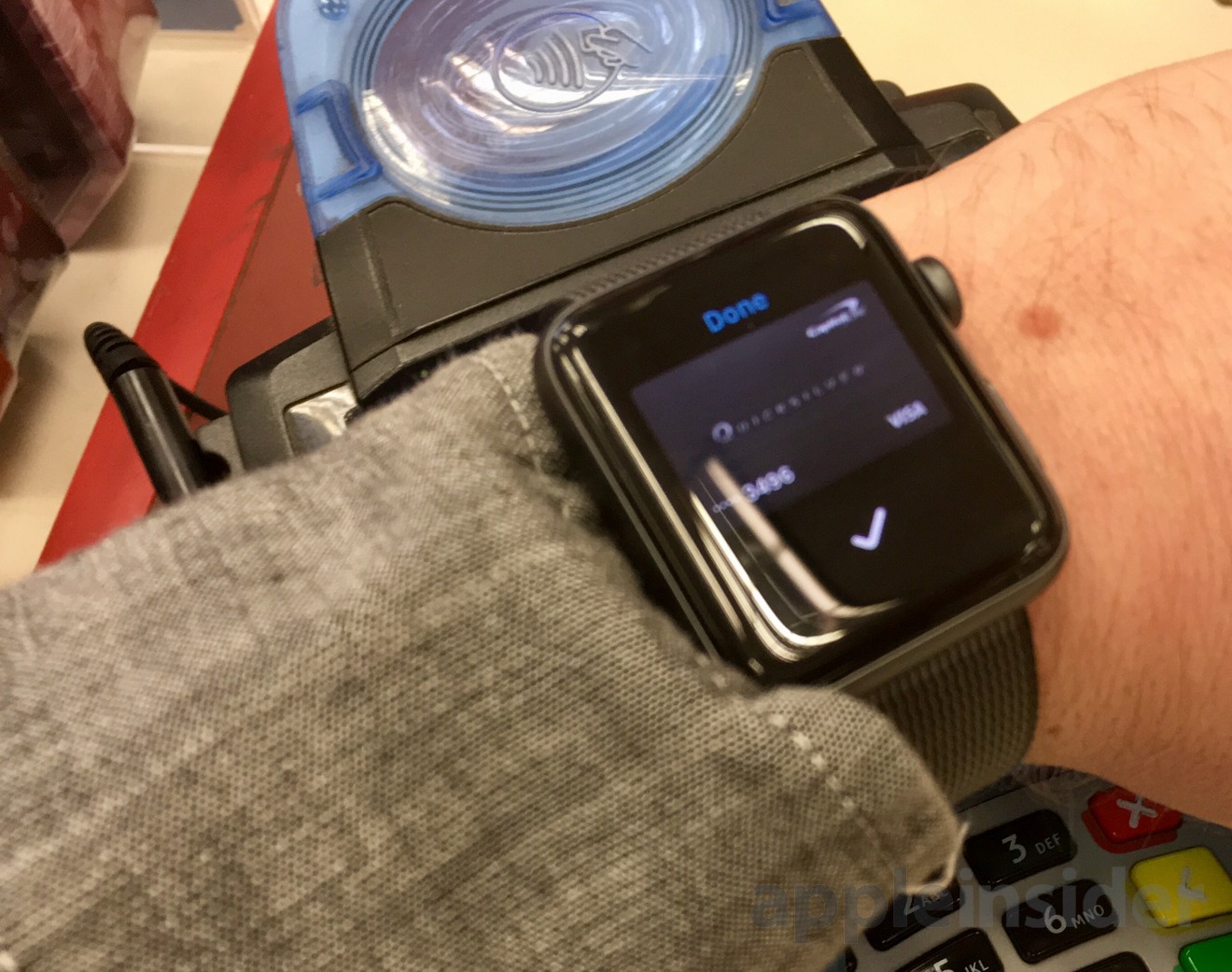











 Mike Wuerthele
Mike Wuerthele
 Malcolm Owen
Malcolm Owen
 Chip Loder
Chip Loder

 William Gallagher
William Gallagher
 Christine McKee
Christine McKee
 Michael Stroup
Michael Stroup
 William Gallagher and Mike Wuerthele
William Gallagher and Mike Wuerthele






